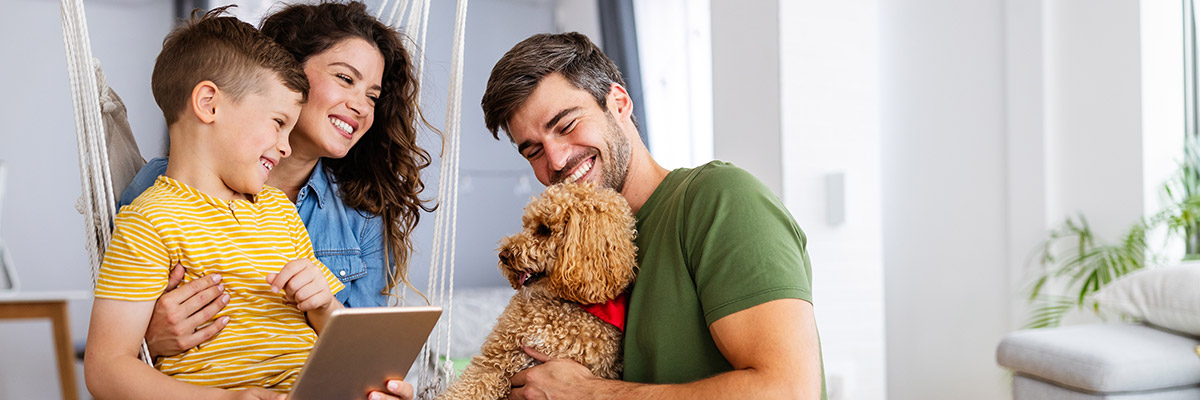
Article at a Glance
In today’s digital age, we’re all surrounded by screens and technology—including kids. Whether it’s a tablet, phone, or computer, screens have become integral to our daily lives. But excessive screen time can lead to various adverse effects on children, such as sleep disturbances, poor academic performance, and even addiction. As a parent, it’s essential to monitor your child’s screen time and take steps to wean them off their devices if necessary. In this article, we’ll discuss how you can determine if your child is addicted to screens and what steps you can take to reduce screen time.
Before we can talk about how to wean children off screens, it’s crucial to identify whether your child has developed a dependency on their device or if they’re just the victims of poor impulse control and too much unstructured time (we’ve all been there). While screen addiction isn’t a recognized mental health diagnosis, most parents likely agree that overuse leads to more social isolation, moodiness, and other behavioral issues.
Here are some signs that your child may be “addicted” to screens:
Ok, maybe you read that list and realized your child isn’t totally addicted. Or maybe they are. The good news is that the process for weaning a child off screens is the same—but it will take longer (and likely involve more drama) if your child has genuinely formed a dependant relationship with their smartphone.
Here’s how to start cutting back on screentime:
One of the most effective ways to reduce your child’s screen time is to set limits on their device use. Limits can involve setting specific times and places during the day when they can use their devices and restricting the amount of time they can spend on them. For example, you may allow them to use their devices for an hour after school but limit their screen time to thirty minutes in the evening.
Another way to reduce screen time is to encourage your child to engage in alternative activities. Exercise, reading, playing board games, or spending time with friends and family are all great options. Encouraging alternative activities can help your child develop various skills and interests while reducing their dependence on screens to fill every pocket of boredom.
Children often model their parents’ behaviors, so it’s essential to model healthy screen habits in your own life. This might mean limiting your screen time, keeping clear boundaries such as no screens at meals or bedtime, and engaging in other means of entertainment, like reading and hobbies. Modeling healthy screen use can help remind kids there is more to life than what’s inside that small glowing rectangle.
Studies show that screens can interfere with sleep quality, so creating a screen-free bedroom for your child is essential. Remove screens from their bedroom, such as TVs, tablets, and phones. Instead, encourage kids to relax with books, music, yoga, or crafts before bedtime. Screenless rooms also allow parents to monitor screen-related issues like cyberbullying.
There are several apps available that can help you monitor your child’s screen time and set limits on their device use—many of them built right into the device’s software. Learn the apps available on your child’s devices. These are useful tools for parents who want to reduce their child’s screen time but need the help of automation.
Lastly, it’s crucial to communicate openly with your child about their screen time and why you want them to reduce it. Explain the negative effects of excessive screen time and discuss other activities they can try instead. Involve them in setting limits and creating a plan to reduce screen time so they feel empowered and involved in the decision-making process.
Excessive screen time can negatively affect children, and the parenting struggle to manage screens isn’t going away anytime soon. Chucking all the screens into the trash—even if it’s a common fantasy—isn’t a realistic solution. Screens are here to stay, just like roads and cars. Our job as parents is to help our kids navigate them safely. Finally, remember to be flexible and to prioritize progress over perfection—including going easy on yourself.